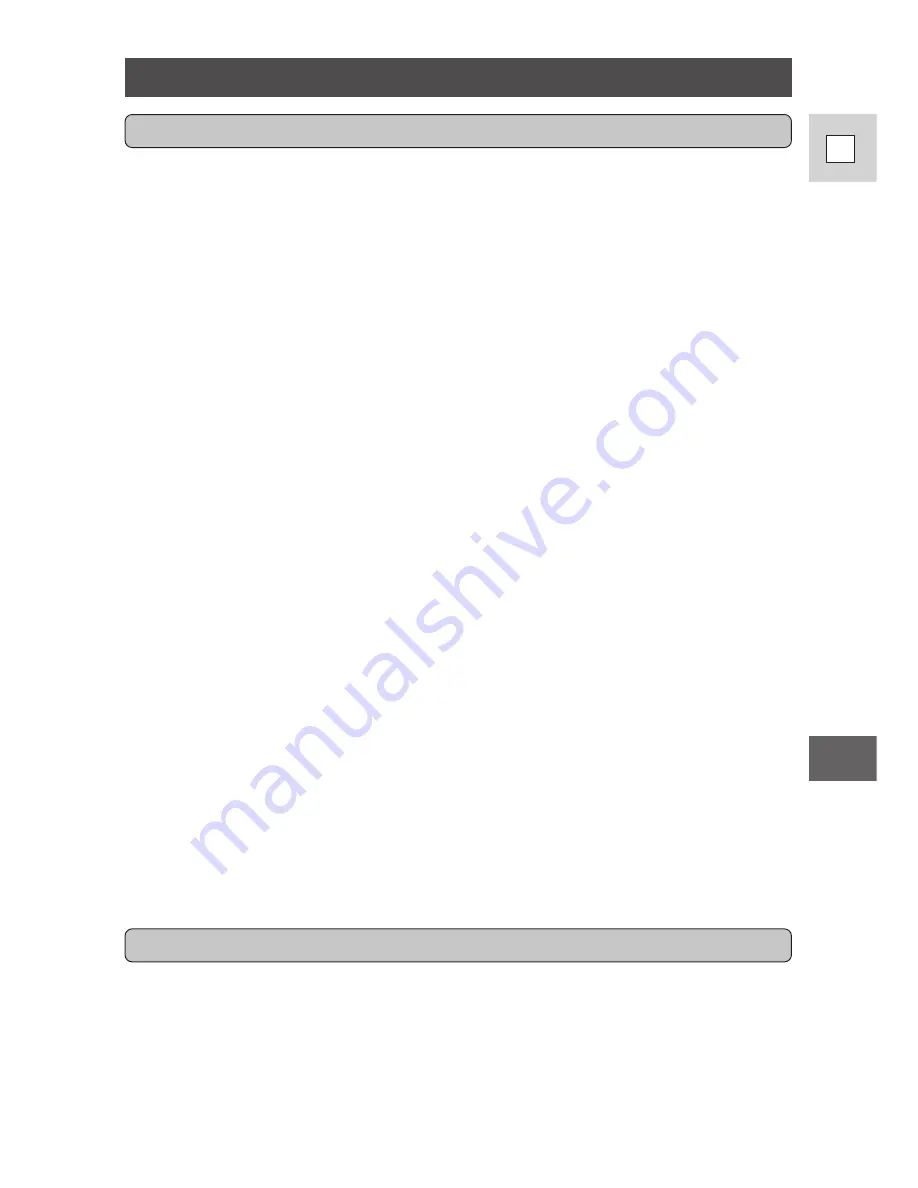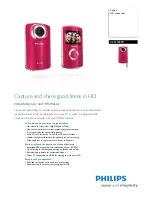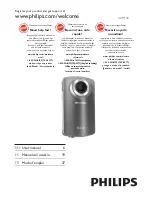
Ad
ditional
Inf
ormation
77
E
Maintenance
Avoid high temperatures and high humidity.
• Do not leave the camera inside a car in hot weather, for example.
• Be careful of heat radiating from video lighting equipment.
• Do not take the camera into a humid room.
Avoid sudden changes in temperature.
• If you take the camera from a cold place to a warm place, condensation may
form on the lens and internal parts (see p. 80).
Do not point the lens or viewfinder at strong light sources.
• Never point it at the sun, and do not leave it aimed at a bright subject.
• Be especially careful when leaving the camera on a tripod.
Avoid magnetic or electric fields.
• Do not use the camera close to TV transmitters, portable communication devices
or other sources of electric or magnetic radiation. They may cause picture
interference, or permanently damage the camera.
Do not expose the camera to water.
• Cover the camera when you are recording in rain or mist.
• There is a risk of electric shock if water gets inside the camera — contact
qualified service personnel as soon as possible.
Protect the lens.
• Sand and dust can damage the lens — be especially careful on windy days.
Handle the camera gently.
• Vibration or shock can cause damage.
• Do not use the viewfinder or LCD screen as a carrying handle.
Do not disassemble the camera.
• This is very dangerous as there is a risk of electric shock — if the camera does
not function properly, take it to qualified service personnel.
If you do not intend to use the camera for some time, store it in an area which is
free of dust and moisture, and where the temperature is no higher than 86°F
(30°C). After storage, check each part and function of your camera to make sure
everything is still working properly.
Note:
• These cautions also apply to accessories such as battery packs and cassettes.
Cautions
Storage
















































